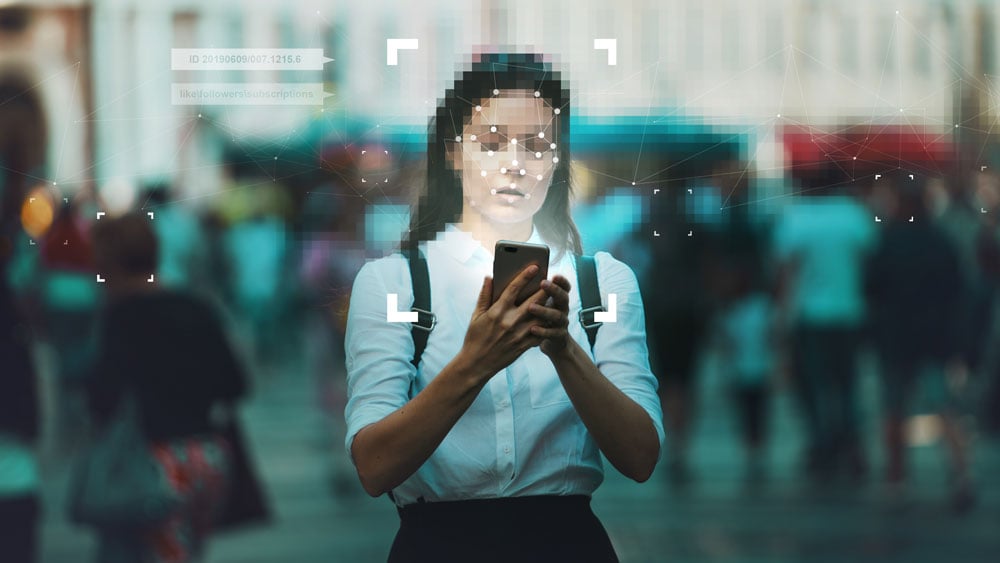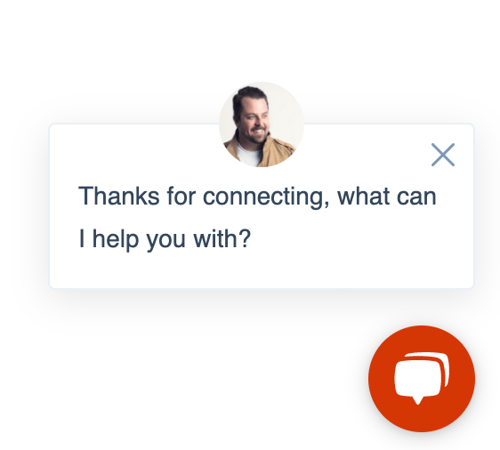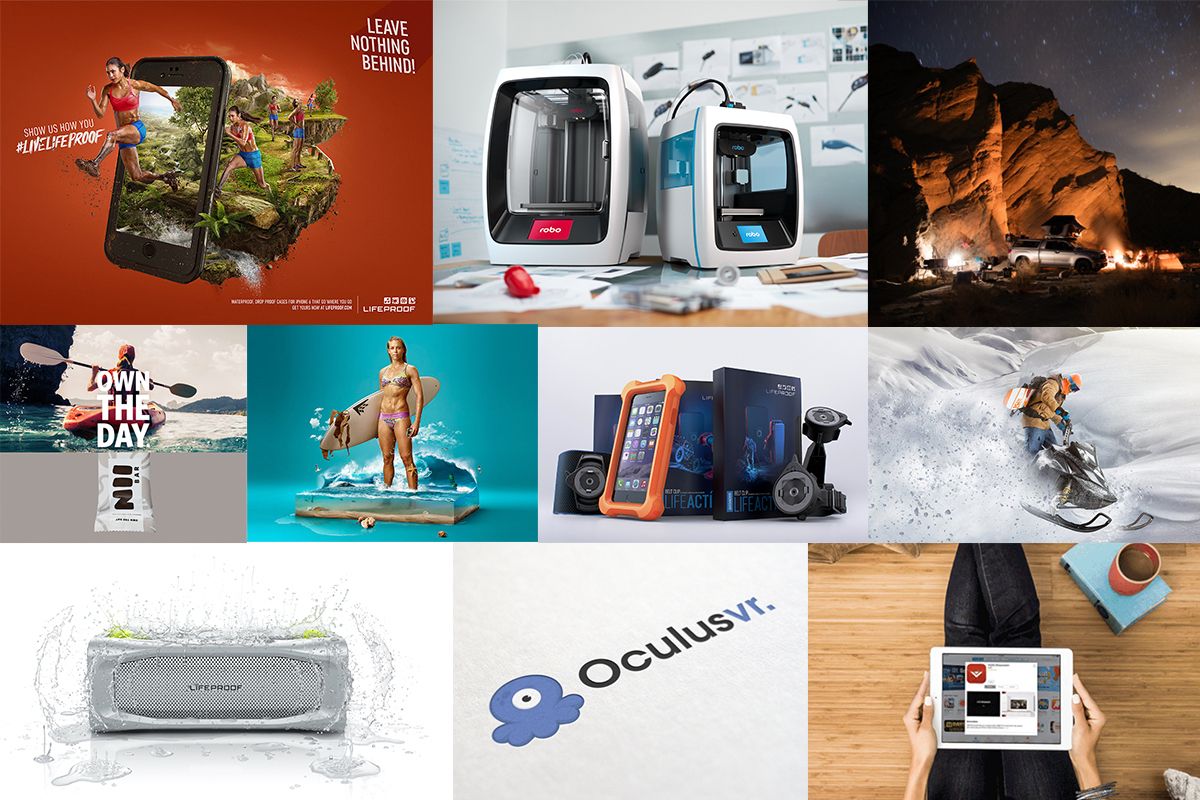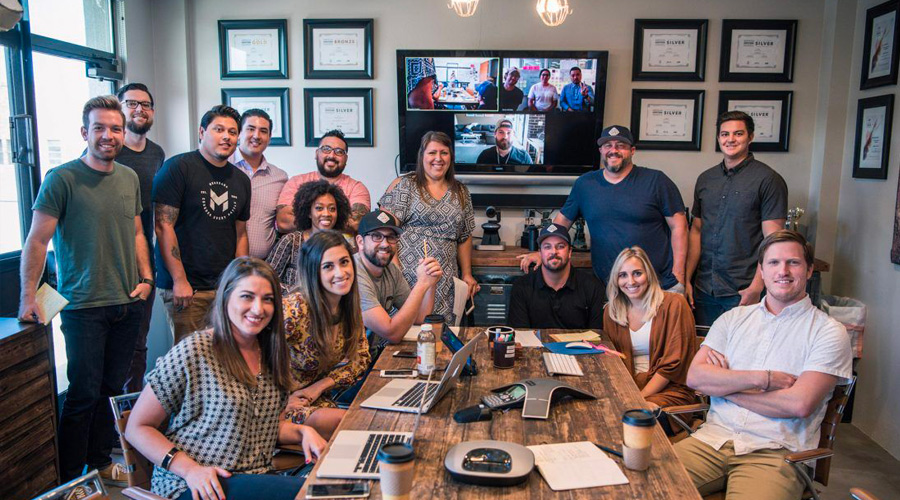Artificial intelligence (AI) has revolutionized many aspects of modern life, including branding. But what does AI have to do with branding? A lot, it turns out!
Branding in the Age of AI: Unlocking Opportunities and Overcoming Challenges
Artificial intelligence (AI) has revolutionized many aspects of modern life, including branding. But what does AI have to do with branding? A lot, it turns out!
Branding is no longer just about creating a catchy logo and tagline; it’s about creating a seamless and personalized experience for customers across multiple platforms. With AI, businesses can enhance their branding efforts and create more meaningful connections with their customers. However, like any new technology, AI also presents some unique challenges.
Let’s explore the opportunities and challenges of brand intelligence in the age of AI.
Unleashing Opportunities with AI
Personalization for Enhanced Engagement
One of the biggest opportunities that AI presents for branding is personalization. By leveraging machine learning algorithms, businesses can analyze vast amounts of customer data, including their preferences, behaviors, and purchase history, to create personalized experiences that meet their specific needs. Personalization can help businesses improve customer satisfaction, loyalty, and ultimately, their bottom line.

Predictive Analytics for Informed Decision Making
Another significant opportunity that AI presents for branding is predictive analytics. Using AI powered analytics tools, businesses can analyze data from multiple sources to predict customer behavior, identify trends, and make data-driven decisions. Predictive analytics can help businesses improve their marketing strategies, optimize their campaigns, and create more targeted messages that resonate with their audience. Let’s delve a bit deeper into predictive analytics:
1. Customer Behavior Prediction:
AI-powered predictive analytics tools can analyze customer data, including purchase history, browsing patterns, social media interactions, and demographic information, to identify patterns and predict future behavior. This information can be used to anticipate customer needs, preferences, and interests, enabling businesses to tailor their branding efforts accordingly.
2. Trend Identification:
Predictive analytics can identify emerging trends and market shifts by analyzing data from various sources, such as social media, search trends, and industry reports. Brands can capitalize on these insights by aligning their branding strategies with the identified trends. For instance, a food delivery service can analyze data to identify popular food choices among customers and create branding campaigns highlighting particular cuisines or dietary preferences.
3. Campaign Optimization:
Predictive analytics can assist brands in optimizing their marketing campaigns by analyzing historical data and performance metrics. By examining past campaign results, businesses can identify which elements (such as messaging, visuals, and channels) were most effective in engaging their target audience. This information can fine-tune future campaigns, improve their branding efforts, and maximize return on investment.
4. Personalized Messaging:
AI-powered predictive analytics can help businesses create more targeted and personalized customer messages. By analyzing customer data, including purchase history, preferences, and browsing behavior, brands can understand individual customer preferences and deliver highly relevant content. For example, an e-commerce platform can use predictive analytics to recommend products or services that align with a customer's previous purchases and browsing history, enhancing the personalized branding experience.
5. Market Segmentation:
Predictive analytics can aid in identifying distinct market segments within a brand's target audience. By analyzing customer data and identifying patterns, businesses can divide their customer base into groups with similar characteristics, behaviors, or preferences. This segmentation enables brands to develop tailored branding strategies for each segment, ensuring their messaging resonates effectively with specific groups. For instance, a technology company may identify customer segments based on their technical expertise and create distinct branding campaigns for beginners, intermediate users, and experts.
Automation for Streamlined Processes
Who doesn’t love automation? AI can help businesses automate repetitive and time-consuming tasks such as data entry, social media management, and customer service. Businesses can save time and resources by automating these tasks, allowing them to focus on more strategic initiatives that drive growth and revenue.
1. Data Entry Automation:
AI-powered automation tools can extract and process data from various sources, eliminating the need for manual data entry. For example, imagine a company that receives hundreds of paper forms daily. With automation, the forms can be scanned, and the relevant information can be automatically extracted and entered into the company's database. This saves significant time and reduces the risk of human errors.
2. Social Media Management Automation:
Social media platforms play a vital role in businesses' marketing strategies. AI-powered automation tools can schedule and publish social media posts, track engagement metrics, and analyze user sentiment. For instance, a marketing team can use automation to schedule a week's worth of social media content in advance, ensuring a consistent online presence without the need for manual posting each day.
RELATED READING:
Rebranding the Largest Industrial Software Company in the World
3. Customer Service Automation:
AI chatbots are becoming increasingly sophisticated, allowing businesses to automate customer service processes. These chatbots can handle common customer inquiries, provide instant responses, and even escalate complex issues to human representatives when necessary. For example, an e-commerce website can implement a chatbot that assists customers with frequently asked questions, such as product availability, shipping information, or return policies, providing instant support and freeing human agents to handle more complex customer interactions.
4. Workflow Automation:
AI can be integrated into existing business workflows to streamline processes and improve efficiency. For instance, imagine a project management tool that automatically assigns tasks to team members based on their availability and skillset, tracks progress, and sends notifications and reminders for upcoming deadlines. This automation reduces the need for manual coordination and helps teams stay organized and productive.
5. Sales and Marketing Automation:
AI-powered tools can automate various aspects of the sales and marketing processes. For example, businesses can utilize AI to segment their customer base, personalize growth marketing messages, and automate email campaigns. AI algorithms can analyze customer behavior and preferences to deliver targeted offers and recommendations, increasing the chances of conversion. Moreover, automation can enable businesses to track leads, prioritize prospects, and automate follow-ups, optimizing the sales pipeline and improving conversion rates.
Innovation for Competitive Advantage
Finally, AI presents an opportunity for businesses to innovate and create new products, services, and experiences that were not possible before. For example, AI-powered chatbots can provide instant support, while virtual reality and augmented reality technologies can create immersive and engaging experiences that customers will remember. Some chatbot examples include:
1. Customer Support Chatbot:
Many companies use chatbots to handle customer inquiries and provide support. For example, a telecommunications company may have a chatbot on its website to answer common billing questions, troubleshoot technical issues, or assist with account changes.
2. E-commerce Assistant Chatbot:
Online retailers often employ chatbots to help customers with product recommendations, order tracking, and general inquiries. These chatbots can offer personalized suggestions based on customer preferences, assist with sizing and fit, and provide information about current promotions or discounts.
3. Travel Concierge Chatbot:
Travel agencies and airlines utilize chatbots to assist customers with travel-related queries. These chatbots can help users find and book flights, suggest travel destinations based on preferences, provide information about visa requirements and offer recommendations for hotels and activities.
4. HR and Employee Assistance Chatbot:
Some companies implement chatbots to streamline internal processes and assist employees. These chatbots can provide information on company policies, answer HR-related questions, guide employees through onboarding procedures, or facilitate leave requests and time-off management.
5. Personal Finance Chatbot:
Financial institutions and fintech companies often utilize chatbots to help users manage their finances. These chatbots can provide budgeting tips, track expenses, offer investment advice, or answer banking products and services questions.
Facing the Challenges of AI
Data Privacy and Security Risks in AI Branding
One of the biggest challenges businesses face when using AI for branding is data privacy and security. With so much customer data being collected, keeping it safe and secure is essential. This includes implementing strong data encryption, complying with privacy regulations, and being transparent with customers about their data use.

Bias Mitigation in AI-Driven Branding
Another challenge that businesses face when using AI is its bias. AI algorithms are only as good as the data they’re trained on. If the data contains biases or inaccuracies, the algorithms will reflect those biases, leading to inaccurate predictions and decisions. It’s essential to ensure that the data being used to train AI models is diverse, representative, and free from biases.
Trust Building in AI-Enabled Branding
AI can also present a challenge when it comes to building trust with customers. Some customers may feel uneasy about sharing their personal data with businesses, especially if they don’t understand how it will be used. It’s essential to be transparent with customers about how their data is being used and to provide them with control over their data.
Human Interaction in AI-Assisted Branding
While AI-powered chatbots and virtual assistants can provide instant support, they cannot entirely replace the human touch. Customers still crave human interaction, especially regarding sensitive issues such as complaints or complex problems. Finding a balance between AI and human interaction is important to ensure that customers feel heard and understood.
So, where do we stand?
AI presents both exciting opportunities and unique challenges for modern branding. Like any new technology, AI has challenges, such as data privacy and security, bias, and the need for human interaction.
But fear not, intrepid marketer! By addressing these challenges head-on, businesses can create even more engaging and impactful branding experiences for their customers. With the power of AI on our side, we can take branding to new heights and beyond. So let’s strap on our virtual reality headsets, fire up those chatbots, and get ready to revolutionize the world of branding! Keep your eye on our future blogs as we explore the world of AI in detail.
Don't miss out on the limitless possibilities! Contact Us Today, and let's collaborate to seize the exciting branding opportunities in the age of AI!





Join the Discussion